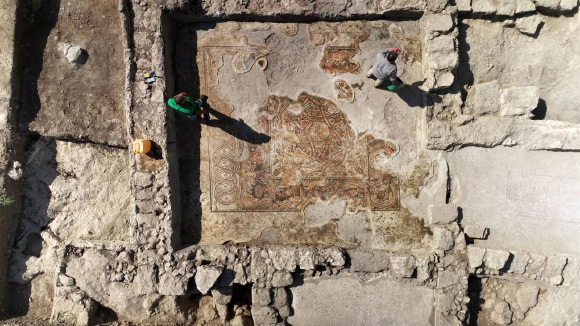Now Reading: September 2025 Skywatching Guide: Top Tips from NASA
-
01
September 2025 Skywatching Guide: Top Tips from NASA
September 2025 Skywatching Guide: Top Tips from NASA

Rapid Summary
- SaturnS radiant Display: Saturn will be exceptionally bright throughout September as it reaches opposition on September 21, positioning earth directly between Saturn and the Sun.
- Conjunction Event: On September 19, a celestial conjunction will occur involving the waning crescent Moon, Venus, and Regulus in the pre-dawn eastern sky.
- Autumnal equinox: The autumnal equinox falls on September 22, marking the official start of fall in the northern hemisphere when day and night are nearly equal in length.
- Additional Details:
– Saturn is visible with the naked eye and may reveal its rings through small telescopes during its closest approach this month.
– regulus is located within leo constellation for those observing the conjunction.
Video source from NASA embedded below:
Indian Opinion Analysis
India’s engagement with astronomy has historical roots dating back to ancient texts that meticulously charted celestial movements.Events like Saturn’s opposition or conjunctions offer moments of inspiration for amateur stargazers, educators, and scientists across India. This particular period could serve as an chance to foster public interest in astronomy-whether through schools encouraging observational activities or institutions hosting dedicated sky-watching events.Additionally, programs emphasizing planetary exploration align well with growing collaborations between Indian Space Research Organisation (ISRO) and international space agencies like NASA. As public curiosity about celestial phenomena grows alongside india’s expanding space ambitions (e.g., Chandrayaan missions), such natural events reinforce pride while opening dialogues about advancements in both regional observatories like Hanle Dark Sky Reserve and larger interplanetary goals. In essence, global astronomical highlights resonate with both cultural heritage and aspirations for technological innovation.

























